Well, I am officially back for Book Talk Thursday again this week! Last week's freak storm knocked out my power on Wednesday when I was going to write it, and then Thursday was soccer, soccer, soccer!
I promised two books, so two books you will get!
This week, I am going to focus on how you can pair fiction with nonfiction to help with math or science lessons. I chose two books to use when studying animals and adaptations.
Both of these books are great for helping children understand size and various adaptations of animals.
I will start with The Grouchy Ladybug
In this book a "grouchy" ladybug wants to eat the aphids all by himself and does not want to share with friendly ladybug. So, he goes from animal to animal asking if they want to fight. Each animal gets larger, yet he still says, "You're not big enough." Finally, after asking the big whale to fight him, he ends up right back where he began, hungry.
Not only does the book show the size of the animals, but it also shows time and adaptations. This makes a fun book to read to young children (or even older children) to help them better understand many things about animals. First, it shows how ladybugs help our plants by eating aphids, which destroy plants. It also shows various animals' adaptations (stingers, stinkers, teeth, claws, etc.). This could lead to discussion of how animals protect themselves from danger. Plus, it also helps to tell time, something all students could use some extra help with.
Pair this book with Biggest, Strongest, Fastest
I love the pictures and the insets that show that particular record and how it compares to humans. Students will see some of the same animals in The Grouchy Ladybug and many different animals. It goes beyond size and even focuses on being the strongest and the fastest. I learned a lot from the book, mostly from the insets, which show how the animals compare to humans. Children will definitely be able to identify with the animals' adaptations through the insets' pictures and explanations.
This book is also a great book to help with superlative adjectives. Students could find out more about animals that have other qualities or even for other topics, like machines and plants.
Using both of these books together will help students gain a better understanding of animals and their various adaptations. In the classroom, you could use these books in many different ways. I love to use books with many purposes!
How do you pair fiction and nonfiction to help with various concepts students need to understand?



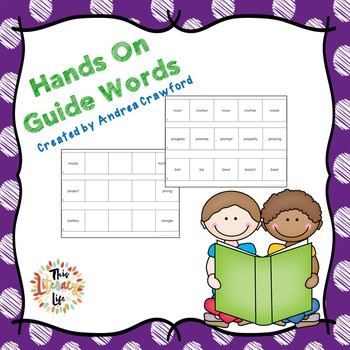
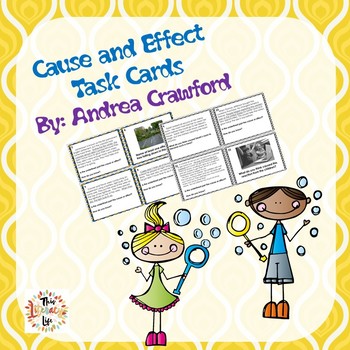
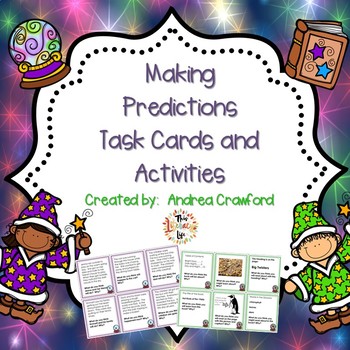

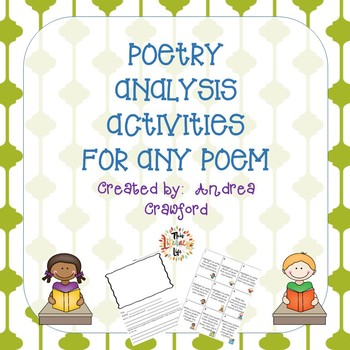
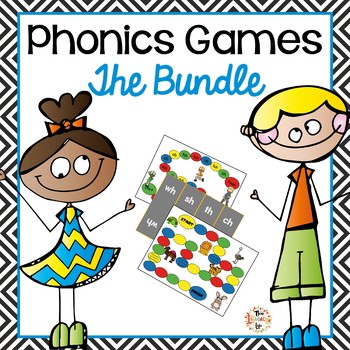

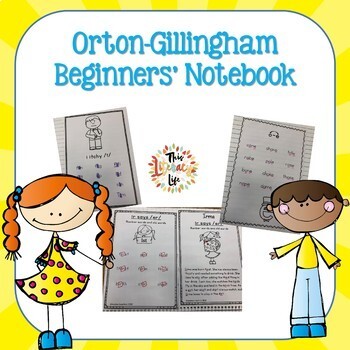








Cute! My third graders are about to start adaptations, so I may have to use these!
ReplyDeleteDon't Let the Teacher Stay Up Late
Follow me on Bloglovin!
Sometimes, you read a book and it fills you with this weird evangelical zeal, and you become convinced that the shattered world will never be put back together unless and until all living humans read the book.
ReplyDeleteVisit us at Waldorf Press